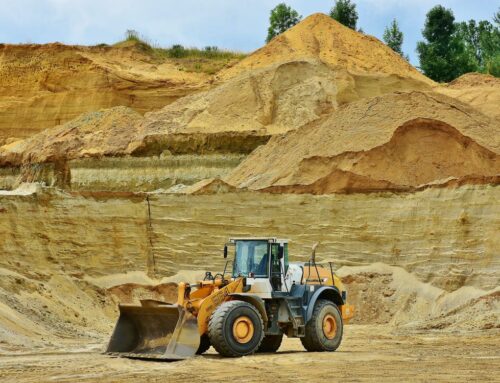Mold is among the most aggravating things homeowners may find within their homes since it can cause property damage or health issues. It can develop on virtually any surface, including clothing, carpet, and in locations that are difficult to notice, including inside walls and over ceiling tiles.
The development of mold is caused by excess moisture. It is essential to control the moisture levels within your home. The following suggestions will assist you in preserving water and, as a result, stopping the growth of mold.
Removal of Mold From Your House
1. Locating and Fixing Potential Problems
While mold-proofing your home is impossible, you may significantly reduce mold risk by addressing the most vulnerable to damp areas within your home. Inspecting your gutters and the sump pump, tackling condensation from windows and pipes, and cleaning up damp furniture or carpeting are all examples of this.
2. Clean Surfaces
Clean all surfaces that have been sprayed with mold using a stiff brush and hot water. Use a dry vacuum or mop sponge to collect the liquid. Clean the area thoroughly and dry completely.
3. Disinfect Surfaces
After cleaning the affected area, mix a solution of household chlorine bleach in liquid form with water to wash the walls, ceilings, and flooring. Be sure to follow all guidelines and warnings concerning bleach. When using bleach, make sure that you open the windows to breathe fresh air and ensure that the bleach isn’t harmful to your lungs.
4. Dry Wet Areas
The mold growth is triggered by moisture, so it is essential to remove the moisture and dampness. Clean up any leaks or spills. It is also possible to make sure your home stays dry by washing the bathroom’s floors and walls after every shower and avoiding leaving sticky things lying around. Visit this website for additional information.
5. Ventilation
Good ventilation can help lower your home’s humidity levels, especially in high-moisture places like the kitchen and bathroom. Ventilation items such as dryers and stoves must be vented out of the house, not into the attic. Ventilation can also be improved by using an air conditioner or dehumidifier and opening windows.
6. Mold Resistant Products
It is worth considering using mold-resistant drywall or sheetrock and anti-mold paints when renovating or building a new house. Mold-resistant drywall is not like other drywall. It’s non-paper and can be utilized in humid areas like the kitchen, basement, laundry room, and bathroom.
7. Keep Your Gutters Clean and Functional
Your gutters must be in good working order to allow rainwater to flow smoothly and away from your home. The overflowing drains could cause water to build upon your roof and close to the foundation of your home. A water damage clean up can help you with mold protection.
8. Reduce Humidity
Your home shouldn’t have humidity levels that exceed 60%. It is best to maintain it between 30%and 50%. You can monitor moisture status using an instrument for measuring moisture or search for signs of high humidity such as condensation.
If you notice that mold is growing in your home, it can become a severe problem; however, by taking a few steps to control the moisture level, you can help prevent mold from growing. You should promptly contact a mold remediation specialist like PuroClean of Sarnia if your house has mold.




